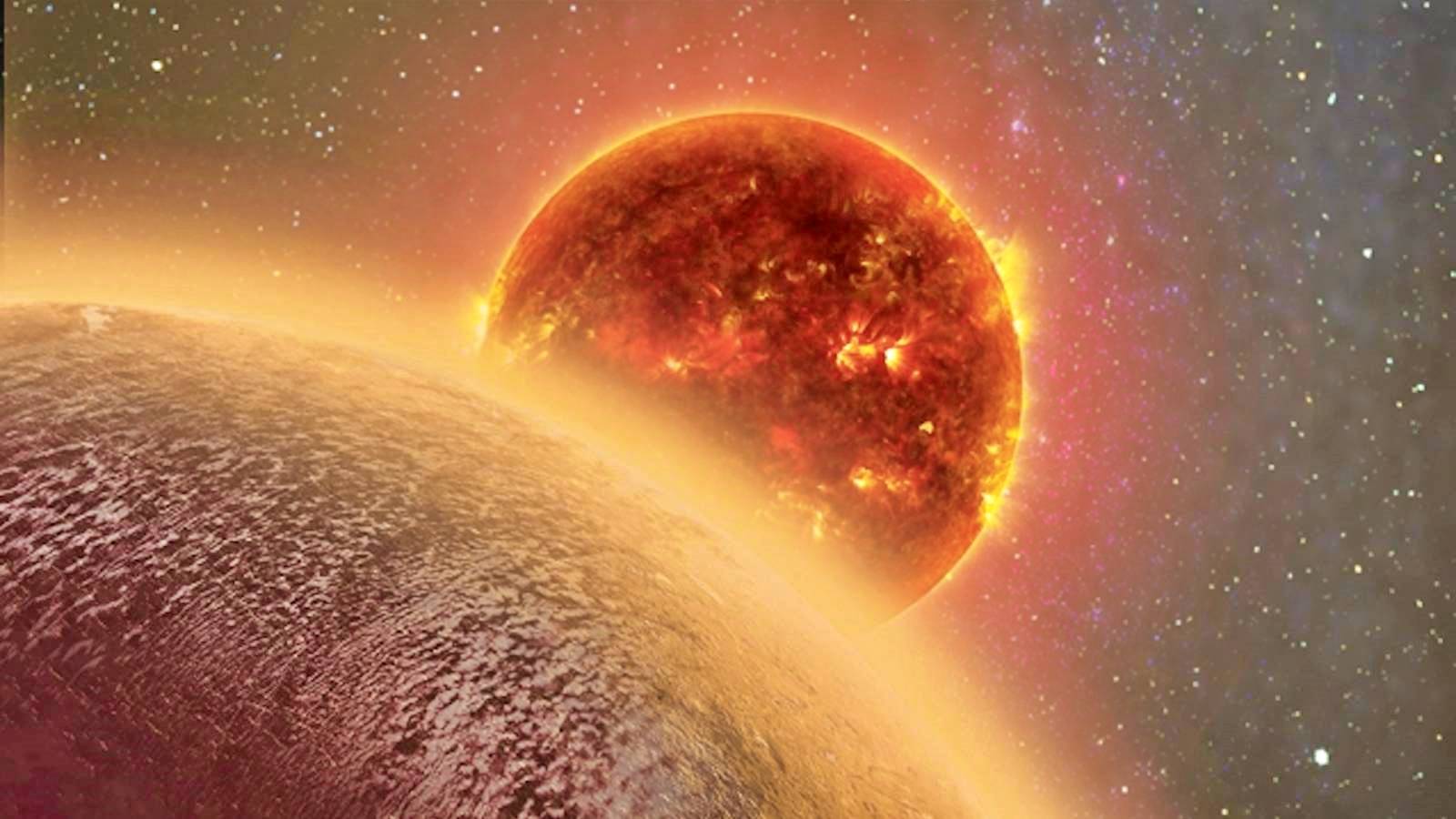Planeta Venus este cea mai apropiata de Pamant dintre toate cele care exista in sistemul solar, dar este si una despre care nu stim chiar atat de multe desi e atat de apropiata de noi. Problema principala sta in faptul ca planeta Venus are un mediu atat de neprietenos incat nici macar robotii trimisi de americani, sau rusi, n-au putut rezista acolo mai mult de cateva ore, insa NASA nu se lasa atat de usor si a aprobat alte doua misiuni pentru explorarea planetei.
Planeta Venus ar fi fost prima din sistemul solar care ar fi putut sustine viata, cei de la NASA fiind de parere ca la un moment dat ea ar fi avut un climat foarte similar cu cel al Pamantului, inclusiv oceane. Avand in vedere ca acum stim atat de putine in legatura cu planeta Venus, cei de la NASA au decis sa finanteze doua misiuni cu 1 miliard de dolari, in total, pentru a afla mai multe despre ceea ce se intampla in aceasta planeta atat de apropiata de a noastra.
Planeta Venus: Anuntul ULUITOR si Impactul pentru Omenire
Planeta Venus va avea atmosfera analizata in cadrul unei misiuni care poarta denumirea DAVINCI+, iar scopul sau va fi de a descoperi cat mai multe dintre elementele chimice care exista in atmosfera planetei. Prin aceasta misiune cei de la NASA vor sa afle daca pe planeta Venus a exista la un moment dat vreun ocean, sau alte zone cu apa, dar si cum anume s-a format atmosfera atat de densa care acopera suprafata corpului cosmic de la un cont la altul.
“DAVINCI + va măsura compoziția atmosferei lui Venus pentru a înțelege modul în care s-a format și a evoluat, precum și pentru a determina dacă planeta a avut vreodată un ocean. Misiunea constă dintr-o sferă de coborâre care se va arunca prin atmosfera groasă a planetei, făcând măsurători precise ale gazelor nobile și ale altor elemente pentru a înțelege de ce atmosfera lui Venus este o seră fugară în comparație cu cea a Pământului. VERITAS va cartografia suprafața lui Venus pentru a determina istoria geologică a planetei și pentru a înțelege de ce s-a dezvoltat atât de diferit față de Pământ. Orbitând Venus cu un radar cu diafragmă sintetică, VERITAS va grafica înălțimea suprafeței pe aproape întreaga planetă pentru a crea reconstrucții 3D ale topografiei și pentru a confirma dacă procese precum tectonica plăcilor și vulcanismul sunt încă active pe Venus.”
Planeta Venus va avea creata o harta a suprafetei sale in cadrul unei misiuni care poarta denumirea VERITAS, instrumente speciale urmand a fi trimise pentru a inregistra de la inaltime imagini cu suprafata planetei. Harti 3D cu topografia pe care o are planeta Venus urmeaza sa fie create in cadrul acestei misiuni importante pe care NASA o va desfasura pentru a ne dezvalui mai multe dintre secretele care exista acolo si inca n-au fost observate.
Planeta Venus urmeaza sa fie vizitata de catre aceste misiuni abia undeva prin 2028 – 2030, astfel ca inca mai avem foarte mult de asteptat pana cand totul va fi pus in practica.






















